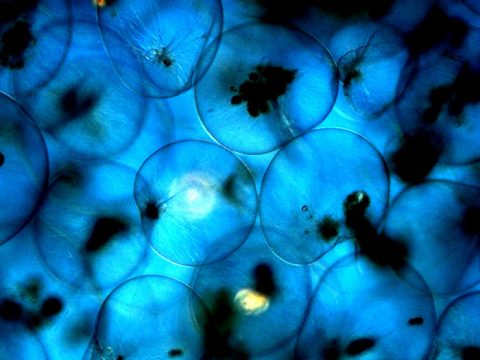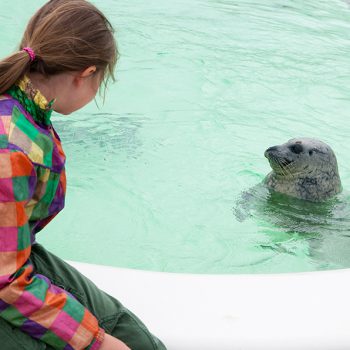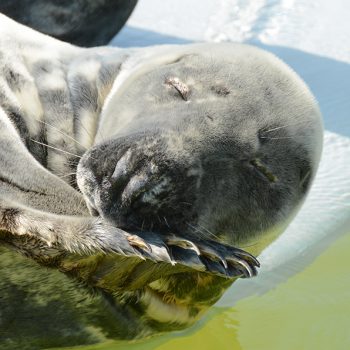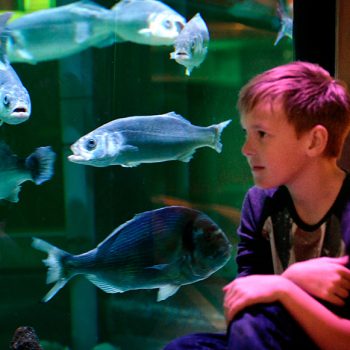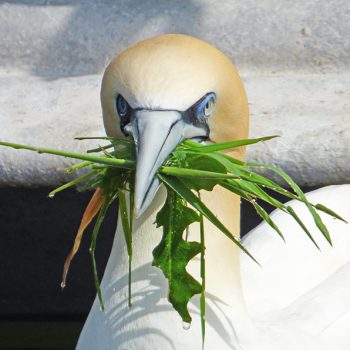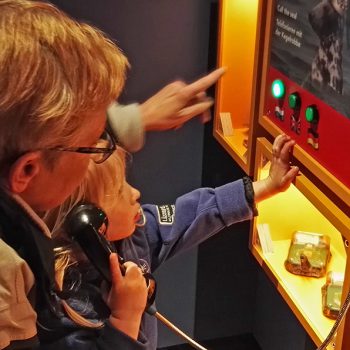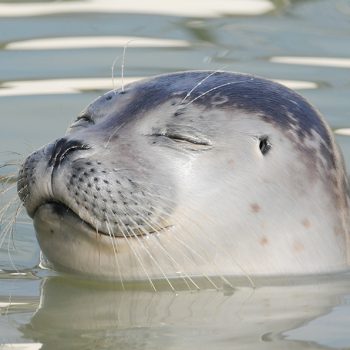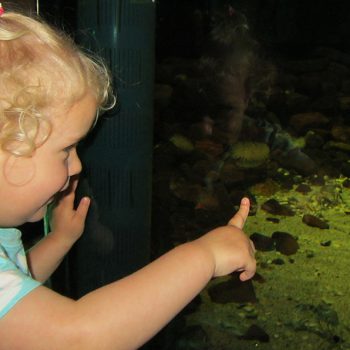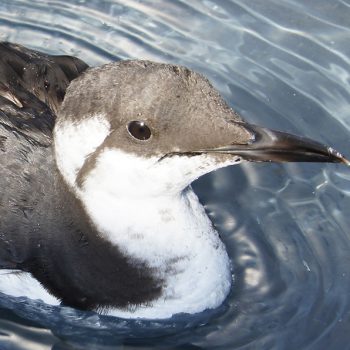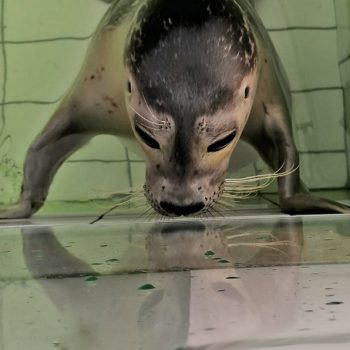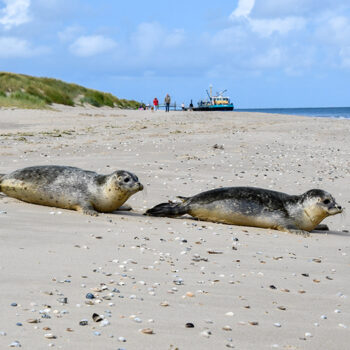You may have never heard of Phaeocystis, but if you ever take a walk along the beach in late spring or summer and see lots of foam along the waterline, you are looking at these one-celled algae. No wonder it’s nicknamed foam algae. Phaeocystis is brown and slimy. Lots of people mistake the brownish foam as pollution. However, it is a natural phenomenon. After the algae have died (blossomed), the wind and waves whip it up into foam. The foam is eventually degraded by bacteria.
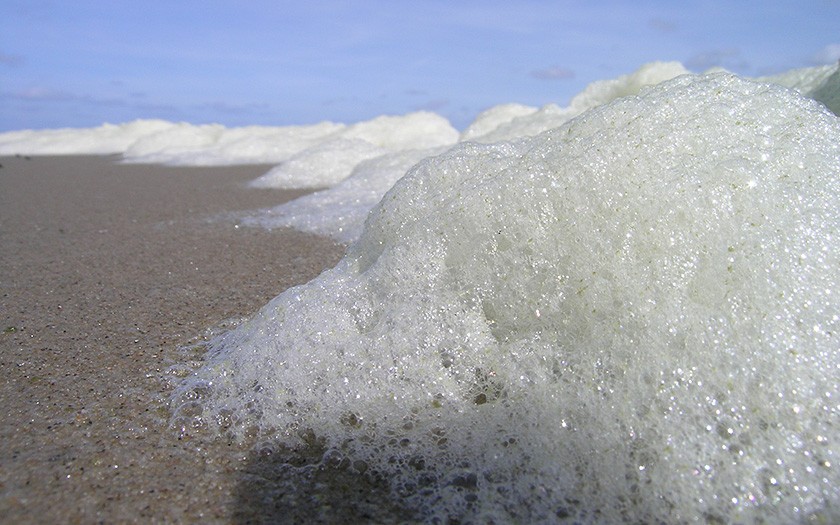
Phaeocystis is microscopic
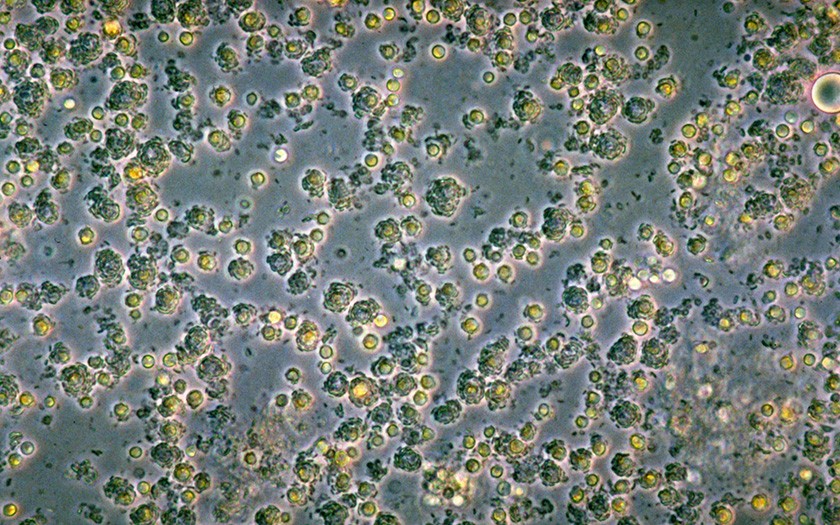
Phaeocystis is a colony-forming one-celled algae. Unlike the colonies, the separate cells cannot be detected with the naked eye. The individual cells in the colonies of Phaeocystis are embedded in a kind of gelatin layer. The colonies use this slimy layer to temporarily store organic material formed by photosynthesis during the day. This provides the cells with an energy supply at night, allowing them to grow both night and day. The slimy layer also protects the algae from being eaten. Since the 1970s, the amount of Phaeocystis in the Atlantic Ocean and the North Sea increased due to the discharge of too many nutrients. That has declined somewhat, partially thanks to the use of phosphate-free detergents.
Names
- Dut: Bruine slijmalg, Schuimalg
- Lat: Phaeocystis globosa
- Eng: Foam algae
- Ger: Schaumalge (Gallertalge)
- Dan: Skumalger
WWW
